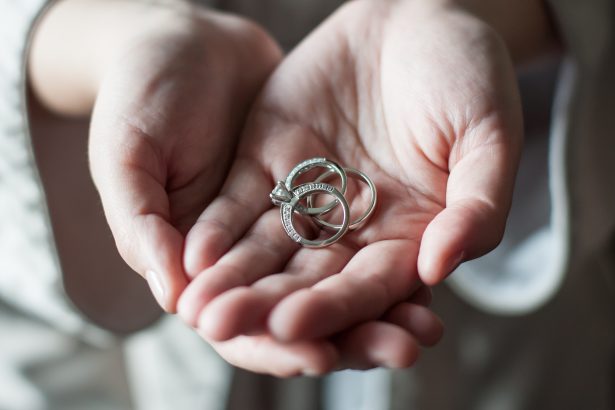Killer Question: How to identify and combat your jewellery allergy?

Is that green tinge nothing to worry about, or is it a sign that something is wrong?
Allergic reactions come in all shapes and sizes, but it’s easy to automatically associate it with the food you eat. Occasionally, there will be mentions of allergies to bee stings, but a reaction to jewellery is not usually easily identified, nor talked about in detail.
How to identify
Seeing your skin turn green after wearing your favourite vintage necklace can be worrying. Fortunately, that is not a sign of an allergic reaction. This is what happens when the acids on your skin (or the ingredients in the body cream you’re using) react with the metals, causing the metal to oxidise. Sweating also quickens the process of oxidation because of the amount of moisture released.
While this mean that the green stain is largely harmless, take note if your skin shows other signs of distress. Some common symptoms include swelling, itchiness, and your skin turning red, but it varies from person to person. Extreme signs like a burning sensation, blistering, and even bleeding may also happen if you’re allergic to your jewellery. These symptoms are likely to take a long time to dissipate once you’ve removed the item as well.
What you might be allergic to
Allergic reactions occur when your immune system attacks a harmless substance to stop its path into your body. For jewellery allergies, it is not much different.
Nickel allergy is the most common, with nearly 20% of people experiencing either blistering or dry skin when this metal comes into contact with their skin. Most of the time, nickel is mixed with other metals, so your jewellery might have trace amounts of it, which your skin might be sensitive to. Nickel easily dissolves, forming salts that easily enters the skin, causing reactions.
Copper and cobalt are two other metals that have been known to cause allergic reactions. Copper is favoured for producing a lovely red tint that gives rose gold metal its iconic shade, while cobalt is used to increase the durability of jewellery.
Reactions to silver and gold are two rarer forms of allergies, but that doesn't mean it’s not possible. Gold allergies can be more severe, as the reaction may last up to a month from contact.
Okay so, now what? If you're looking for tips, scroll back up and check out our top five tips to help you with this problem!
Lee Hui Bing
Photos: Getty Images
Read More:
10 Amazing poke bowls in Singapore for a healthy indulgence
Keep Pumping: 10 Good habits to help you maintain a healthy heart
Office Bites: 10 Healthy snacks to munch on when you’re too busy for lunch



